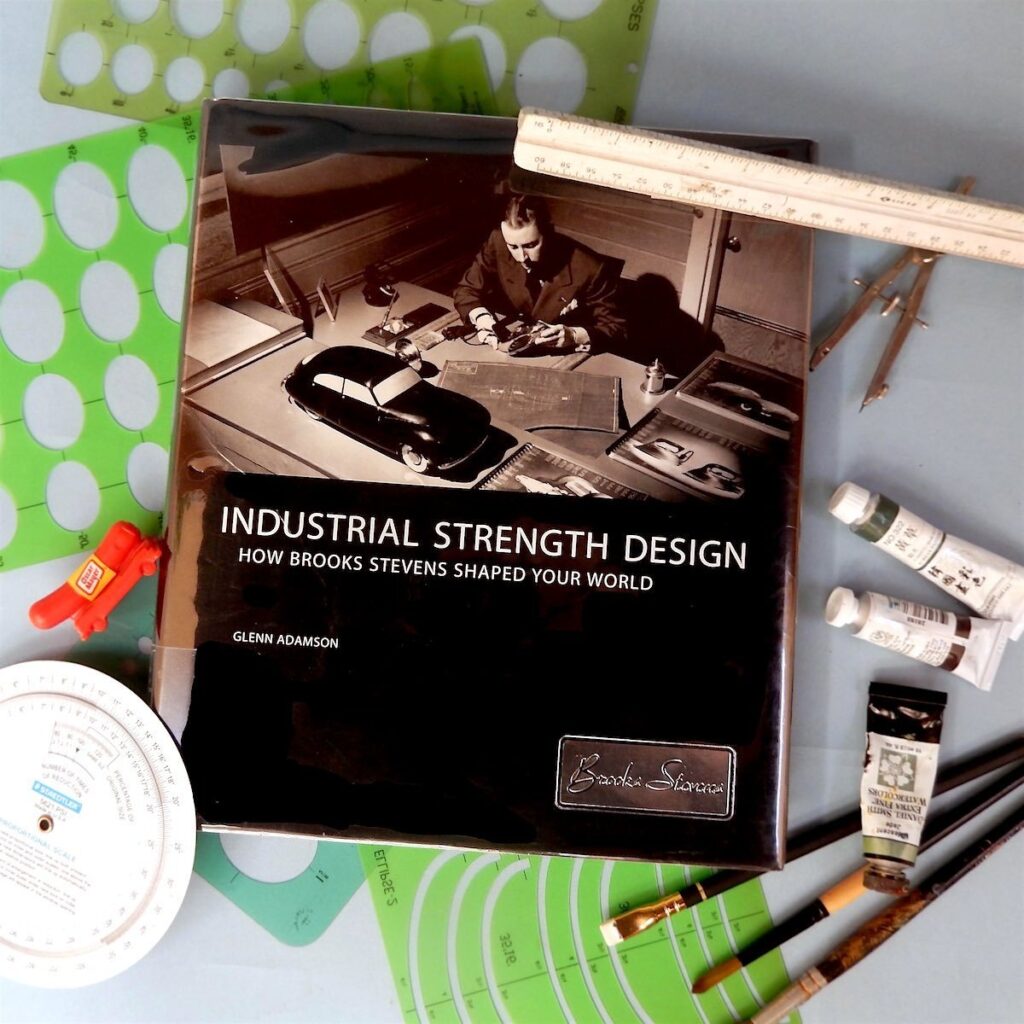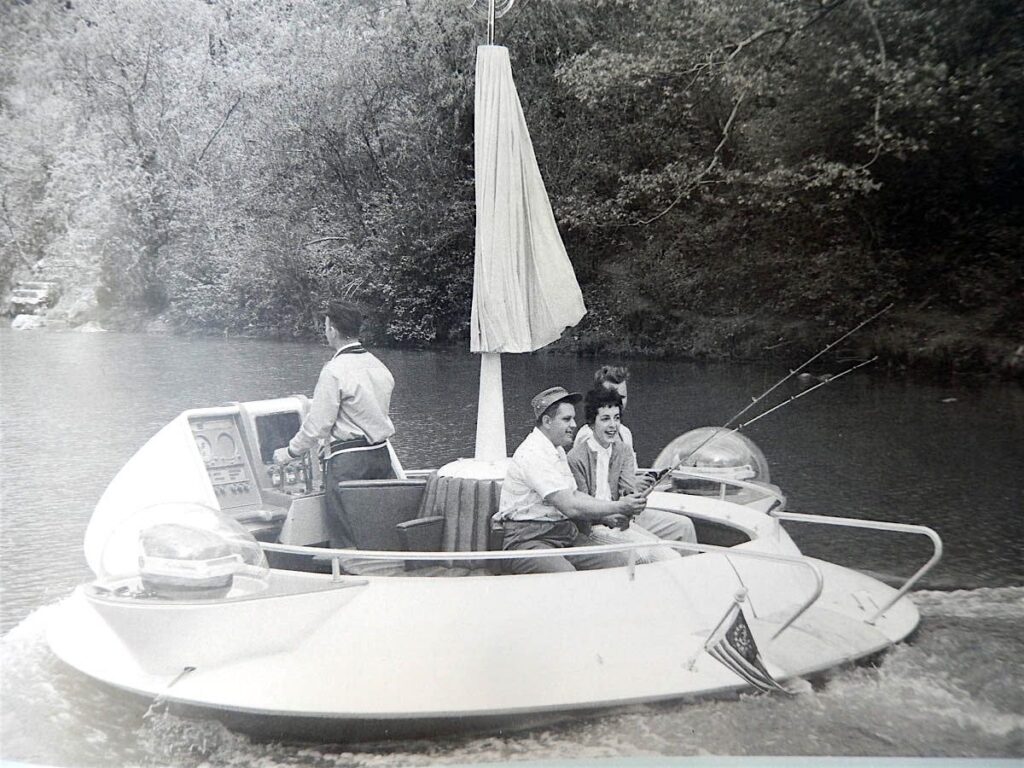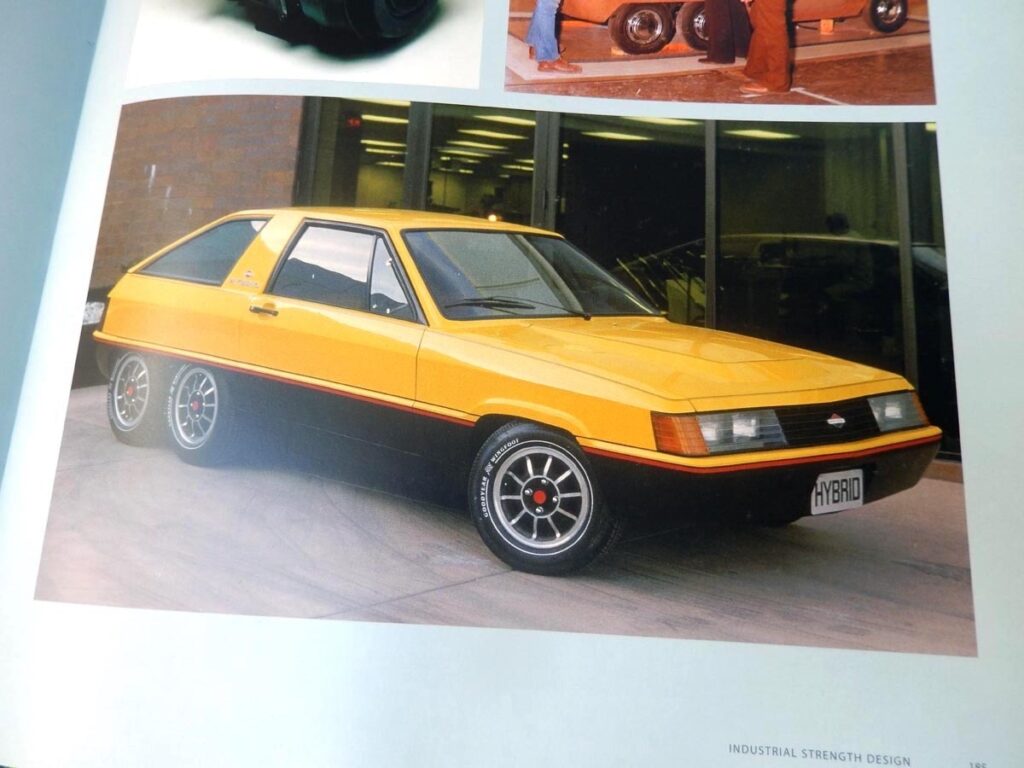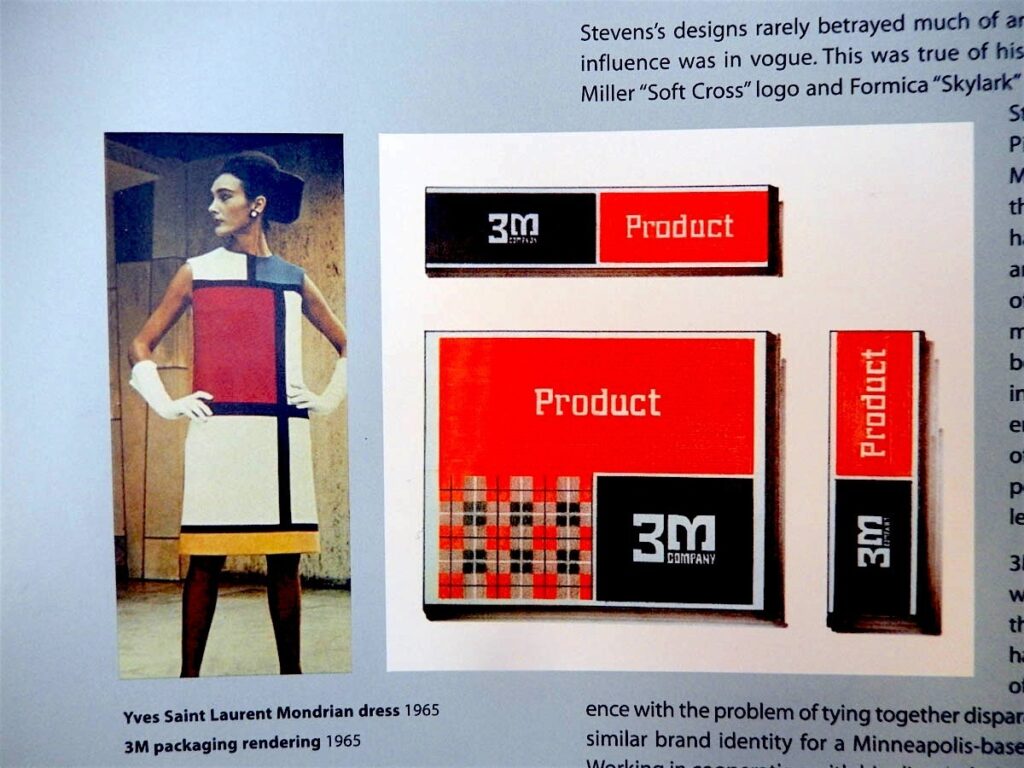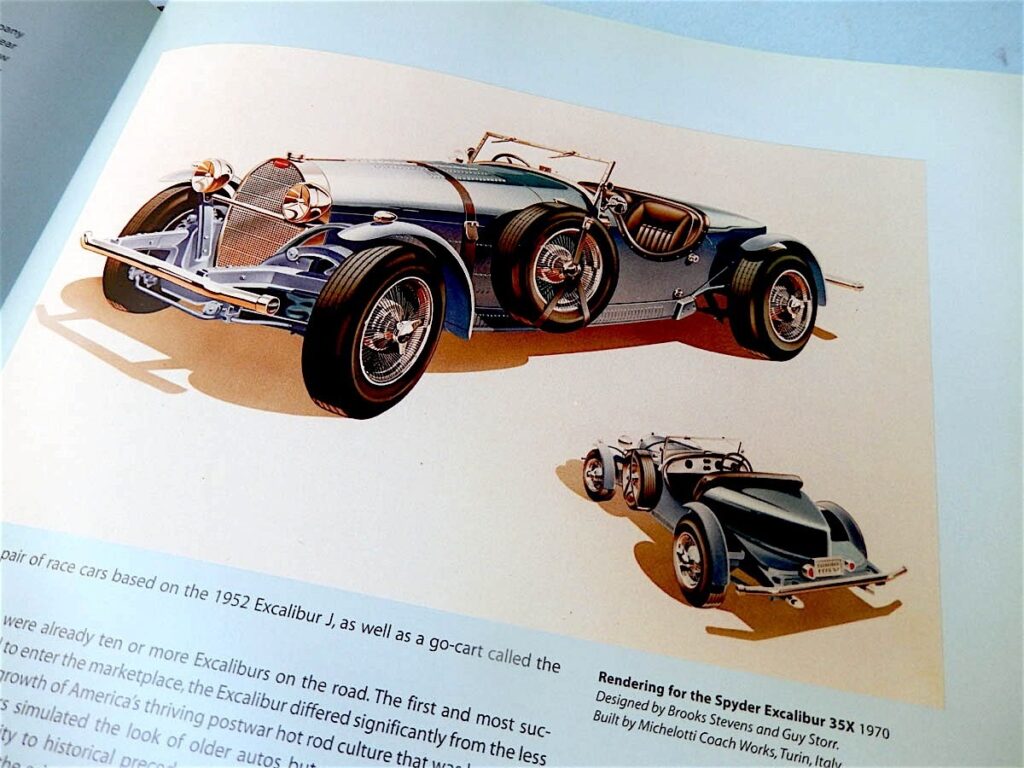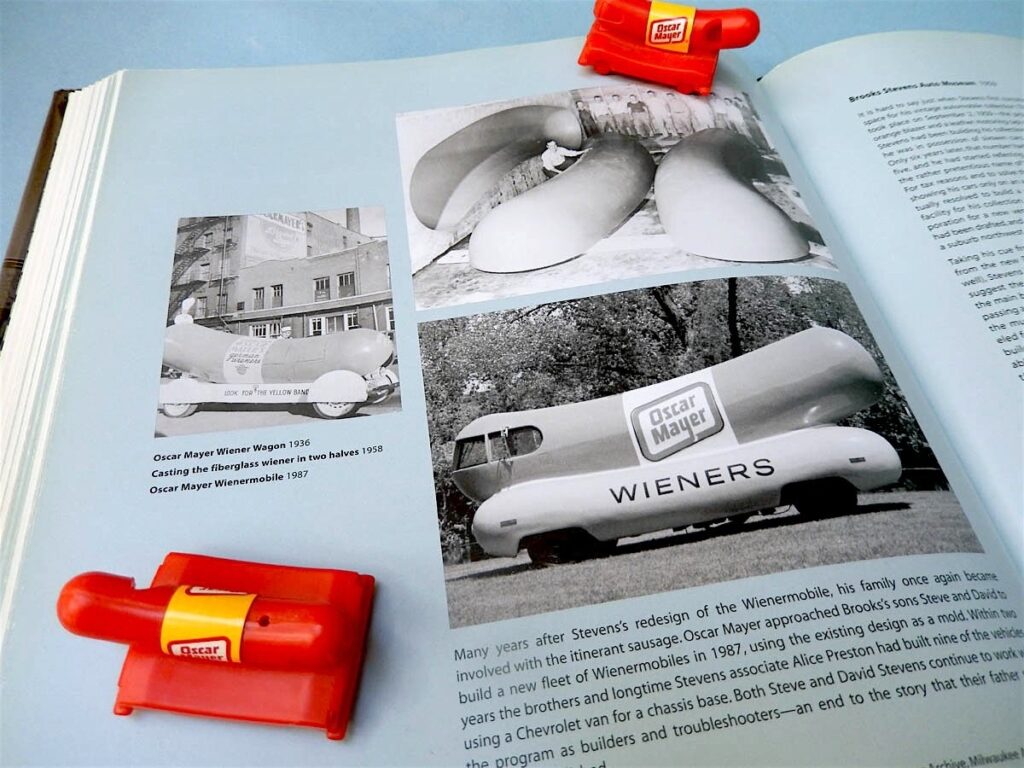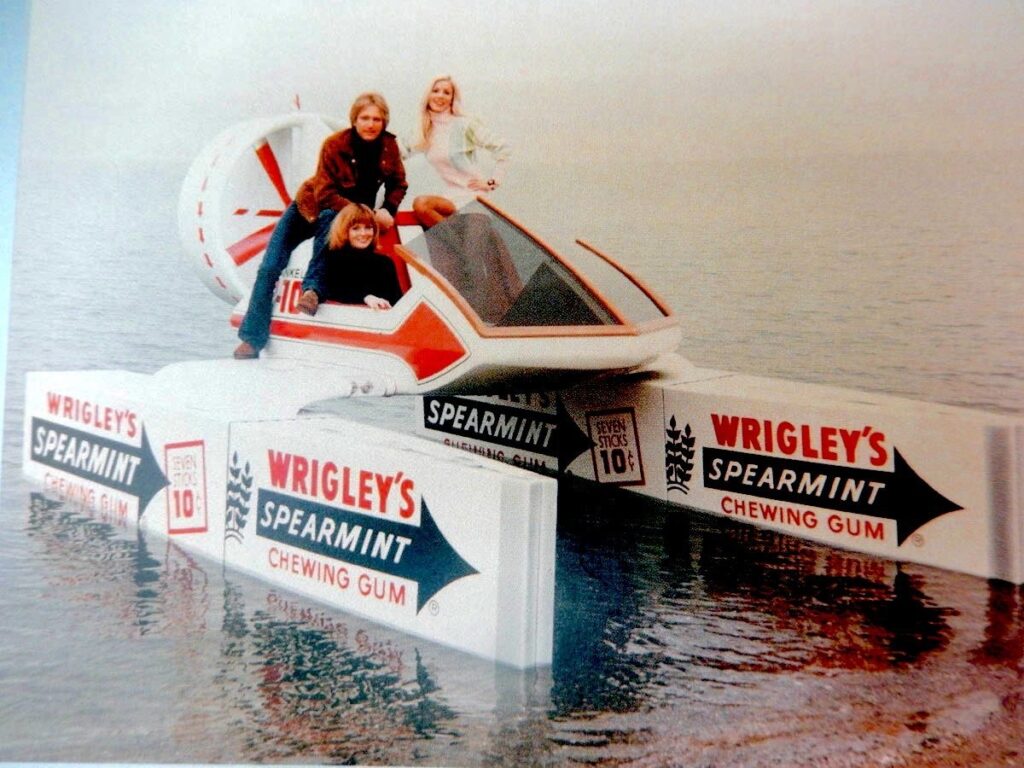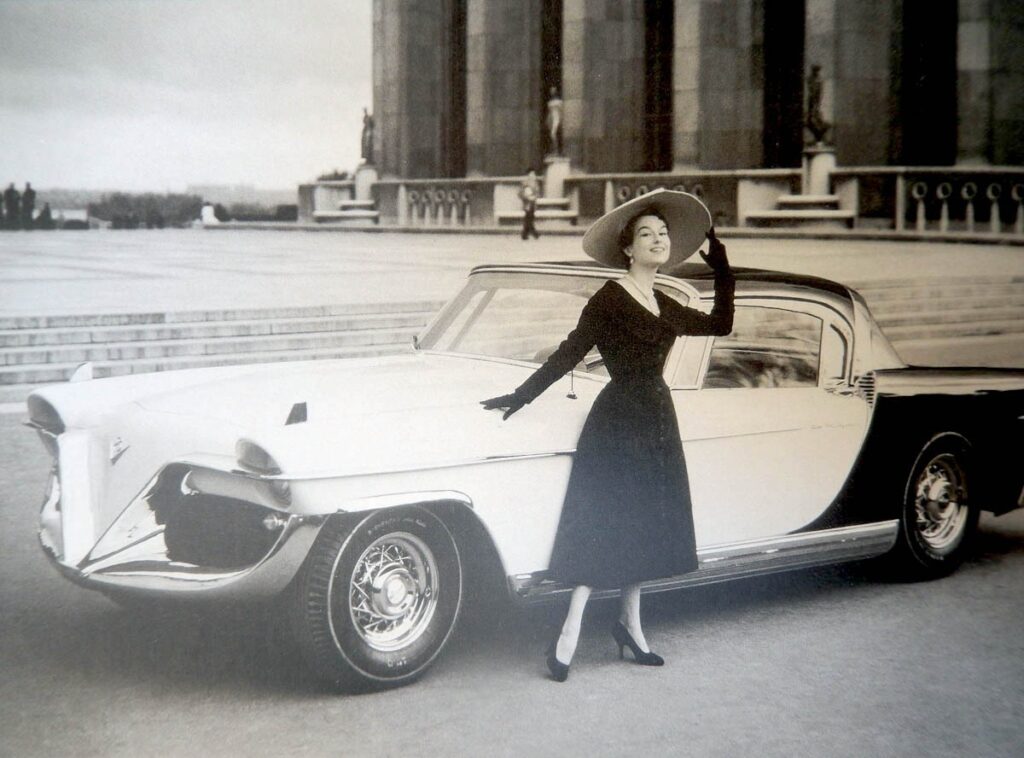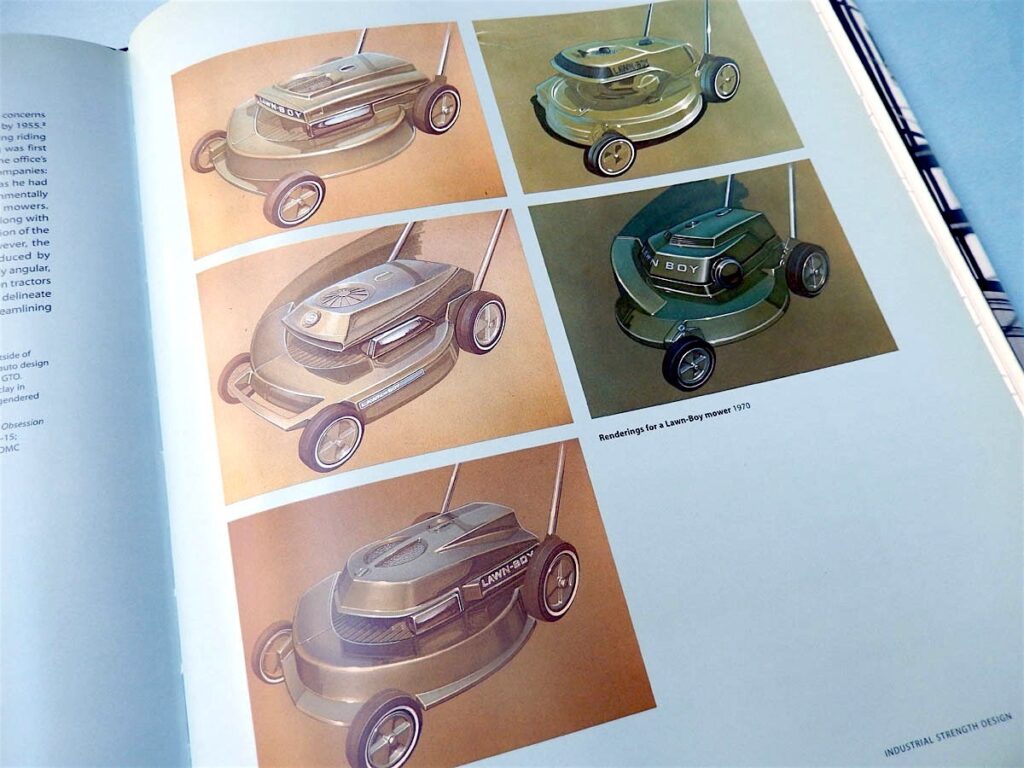Rivendell Bicycle Works
Bikes, differently
Rivendell is a purveyor of cool tools for bicyclists. And a bicyle manufacturer. And a publisher. Rivendell (yes, it is named after that place) is a bicycle industry anomaly, for the diversity of its endeavors as well as its embrace of the tried and true over innovations in marketing and advertising. Think Filson meets Field Notes, and throw in a couple of spoked wheels on a meticulously handcrafted lugged steel frame.
I find the traditionalist approach of Rivendell founder and chief creative force Grant Petersen both enlightening and frustrating. His perspective on how marketing, advertising and professional racing affect what we buy when we walk into our local bike shops reminds me to seek functionality over newness. He promotes riding road bikes on unpaved fire roads, and I couldn’t agree more. Yet his aversion to some technological advances that I love (clipless pedals; synthetics such as my stellar Castelli wind vest or Craft base layers) seems simply backward. Overall, though, I value his voice as a wise counterpoint to the mainstream bike business in the U.S.
In addition to enjoying the Rivendell Reader over the years, I’ve purchased from Rivendell a number of hard-to-find small items for various bike projects. I also discovered, and happily bought, my first and second Brooks saddles, as well as Nitto’s excellent Albatross and Moustache handlebars while perusing Rivendell’s unique catalog.
09/3/09Excerpt
If the charming, gnome-like folks who live on the edge of black holes in outer space came here today and studied hikers, climbers, outdoor magazine cover models, or cyclists, they would get a false idea of the clothing and equipment required to survive and enjoy life outdoors. Most of today's "outdoor" fabrics were born inside a lab, and relentless promotional campaigns can make the ultra-sane wonder: Do natural materials even work? ….Wool regulates body heat much better than polyanything does, so you're more comfortable in a wider range of temperatures. A wool fiber is far more complex than a synthetic one, and its complication evolved to protect sheep roaming the icy crags of Scotland or the blistering hot ranges a half a world away in Australia. There may be extremes of climate where you live that now and then call out for something other than wool, but day in and day out, when you're outside, the best thing to wear is wool.
*
Fit is the most important thing about your bike.
Don't buy any bike because of its parts or price or looks or anything like that. In that way, think of a bike the same way you'd think of a pair of shoes. A pair of Keds that don't fit is no bargain even at a nickel.
Of course, you know when shoes fit, because you've worn them since you were one and a half, or maybe even one (if you were advanced). A half size too small or big is obvious; no shoe-fitting PhD can tell you cramped toes or loose heels is A-OK.
But riding a bike and trying on shoes are not the same thing. When you sit on a bike, your body can lean, fold, bend, compress, extend, and stretch to meet the bike. If the bike fit is off significantly, you can still sit on the saddle, reach the pedals, and hold onto the handlebar. When you aren't really used to sitting on bikes, you don't know what constitutes a good fit, and you tend to believe the sales associate who tells you yeah, you look good now.
*
Light is fine if it doesn't compromise safety and is marketed honestly. Selling "race-light" parts to recreational riders who weigh 50 pounds more than racers and won't get free parts every year is not honest....The components that matter most are those that affect riding position and safety. Those are stems and handlebars. Tires are next, because they affect comfort so much, and how the bike works over a variety of terrain. Things like derailers (note continued use of the Sheldon spelling) are the least important parts on the bike. Even low-end cheap derailers work great, even if they're made with crummy materials and look ugly and weigh too much. Big deal...worry about the things that matter.
*
Dumbell Tool
This is probably more useful for older bikes since most bolts are allen these days, but this here has a 6 mm through a 15 mm spanner in one small package! The 15 is for nuts on fixed gear hubs. The 8, 9, and 10mm are good for brakes and fender nuts. The shape is conducive to carrying with you without maybe poking a hole in something. I/Grant use mine every other week or so for something.
*
Sheldon's Fender Nuts
Named for Sheldon Brown, who bugged QBP to have them made, and thank goodness for that. The deal is: Modern frames have recessed allen fittings for the brakes, and they make it harder to mount fenders. They force you to mount the front fender in front of the crown, which is neither the end of the world, nor as desirable as mounting it in back of the crown--for easier on and off.
These nuts sub for the normal Allen brake nuts, and do double duty as fender nuts. The 13mm one is the front one; the 10'er is the rear. Stainless steel.






